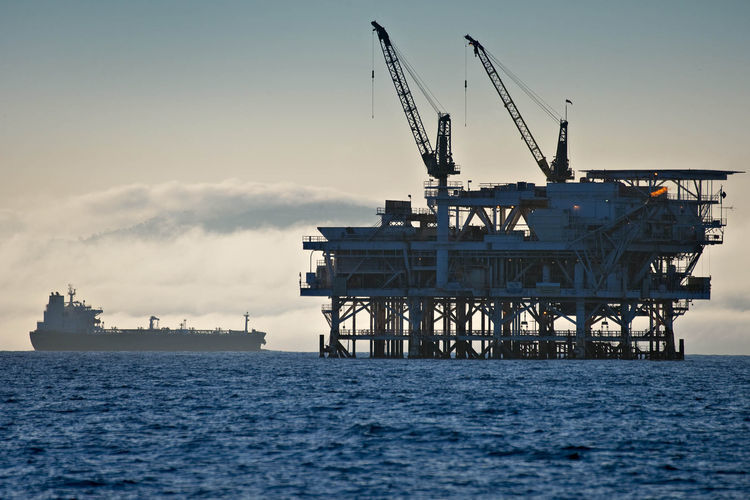
Oil advanced for a fourth day after government data showed U.S. inventories fell a third week and a new wildfire prompted Canadian producers to shut output.
Futures gained as much as 0.9 percent in New York, rising from the highest close in 10 months and extending its run of advances to the longest since April 22. Crude stockpiles dropped by 3.23 million barrels last week to the lowest in two months, the U.S. Energy Information Administration said on Wednesday. A new wildfire prompted Canadian oil producers Cenovus Energy Inc. and Canadian Natural Resources Ltd. to shut production.
Crude has surged more than 95 percent from a 12-year low in February amid unexpected disruptions and a steady slide in U.S. output, which is under pressure from the Organization of Petroleum Exporting Countries’ policy of pumping without limits. U.S. production increased 0.1 percent last week, halting 12 weeks of declines, EIA data show.
“The oil price is looking very bullish at the moment,” Angus Nicholson, a markets analyst in Melbourne at IG Ltd, said by phone. “An increasing amount of suppliers are meeting their break even price, and are even above their break even cost. It is quite likely that these sort of price levels will see more supply coming back into the market.”
West Texas Intermediate for July delivery rose as much 44 cents to $51.67 a barrel on the New York Mercantile Exchange and was at $51.49 at 1:46 p.m. Singapore time. Total volume traded was about 52 percent below the 100-day average. The contract rose 87 cents, or 1.7 percent, to close at $51.23 on Wednesday, the highest since July 15.
Brent for August settlement gained as much as 35 cents, or 0.7 percent, to $52.86 a barrel on the London-based ICE Futures Europe exchange. The global benchmark crude traded at a 58-cent premium to WTI for August delivery.
U.S. Supplies
U.S. oil stockpiles declined for a third week to 532.5 million barrels, EIA data showed. The drop exceeded the 3 million barrel slide forecast in a Bloomberg survey. Crude inventories at Cushing, Oklahoma, the delivery point for WTI and the nation’s biggest oil-storage hub, fell for a third week to 65.6 million barrels.
A new wildfire in Canada forced Cenovus to evacuate workers and shut its Pelican Lake operations while Canadian Natural Resources brought down output from a nearby site, the companies said Wednesday. Fires in Canada’s oil-sands region of Alberta are expected to disrupt supplies by an average of 400,000 barrels a day this month, according to the EIA.
Oil will return to around $70 a barrel next year as a large overhang of crude is reduced, according to Energy Aspects; Nomura Holdings Inc. forecast Brent to reach $70 a barrel by December of this year. Rebel attacks on oil installations cut Nigeria’s production by 160,000 barrels a day, or 10 percent, to 1.45 million a day in May, contributing to a drop in monthly output from OPEC, according to a Bloomberg News survey.